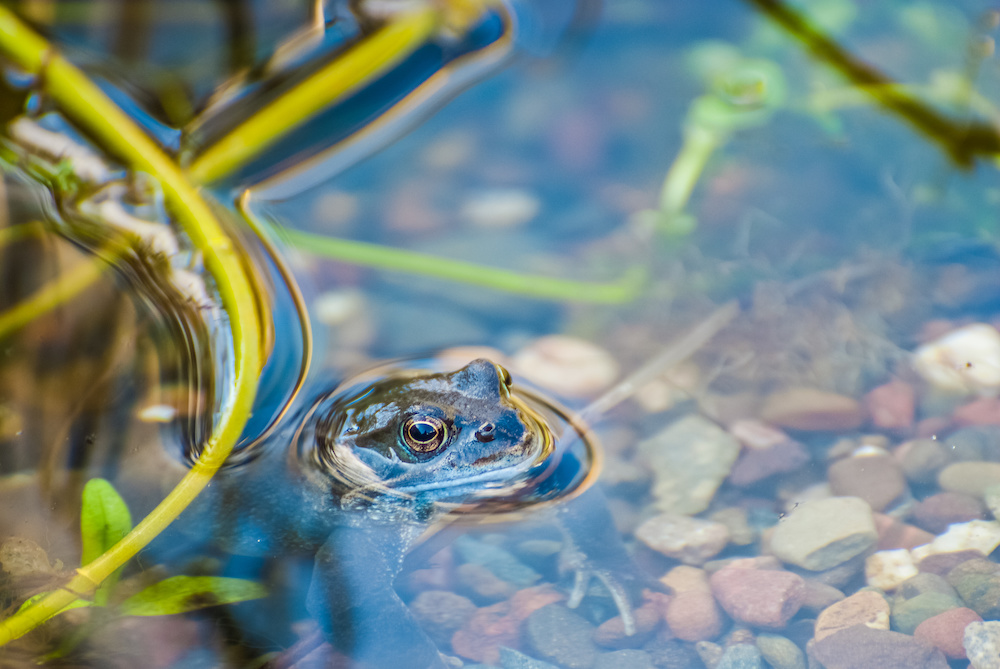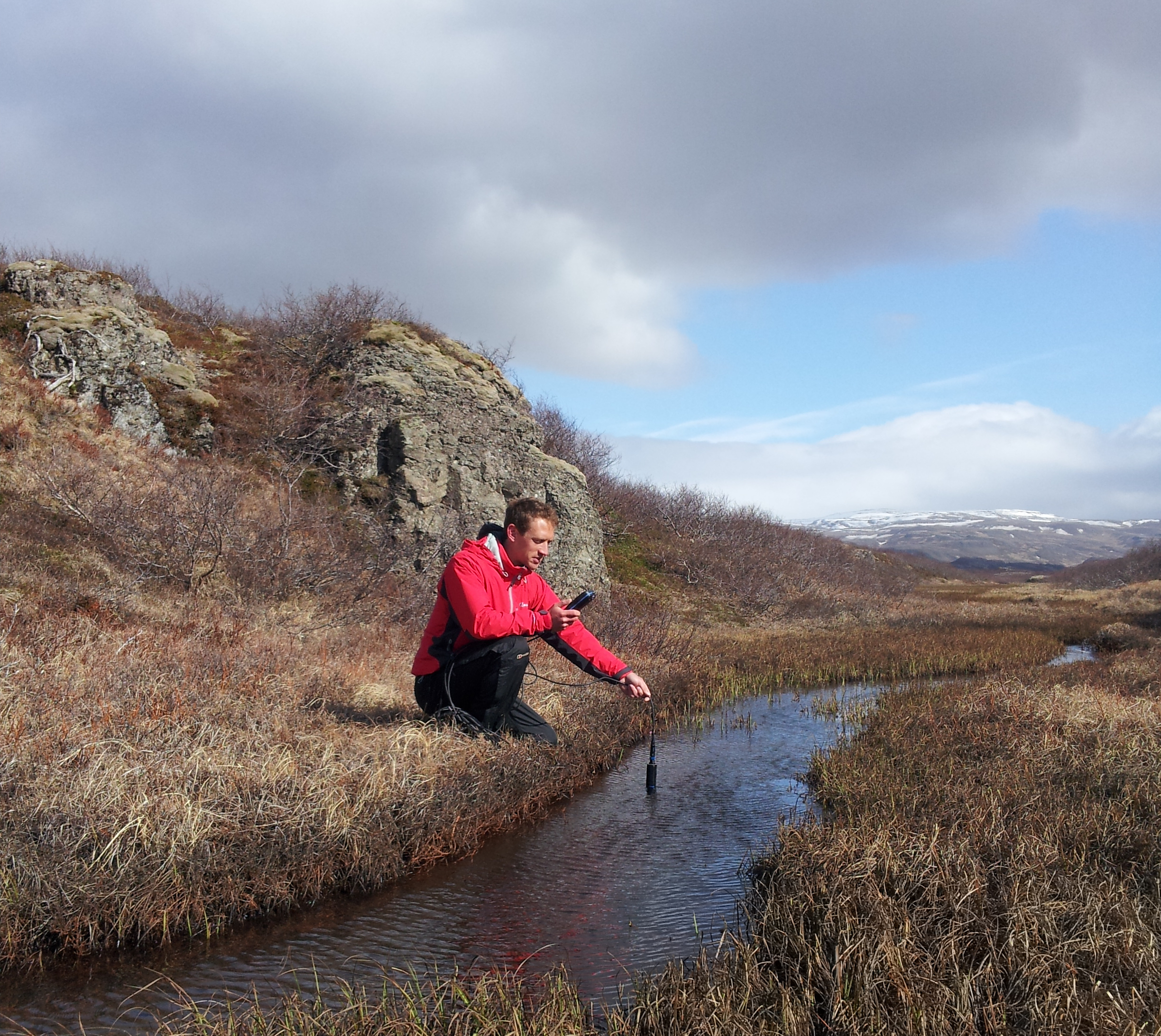What is salinity? Put simply, it refers to the ‘saltiness’ of a given body of water. It is the concentration of dissolved mineral salts therein — and is often measured either directly by its concentration or through electrical conductivity, which it affects.
But let’s take a closer look at measuring water salinity and what it indicates regarding water quality.
How to measure water salinity
Water salinity is typically calculated by measuring the electrical conductivity of water. Dissolved salts conduct electrical currents, so a higher conductivity measure indicates higher salinity.
Aquaread’s salinity measurement, for example, is calculated using a mix of electrical conductivity, temperature, and other measurements in a constant equation. The output is shown in Practical Salinity Units (PSU), which can be translated into Parts per Thousand (PPT) if you prefer.
When measuring the salinity of water, our sensor can be used for both short and long-term recordings depending on your needs.
Typical water salinity ranges
In general, freshwater exhibits a salinity level of less than 0.5ppt and seawater usually sits around 35ppt. Of course, not all bodies of water are at either end of this spectrum, for example:
- Brackish waters (Mesohaline) are usually between 5ppt and 18ppt
- Salt marshes and swamps (Polyhaline) are usually between 18ppt and 30ppt.
Salinity slowly increases as you move away from freshwater sources and towards the ocean.
What causes changes in salinity?
Fluctuations in salinity can be natural, including:
- The weathering of rocks containing minerals, like salt, increases salinity
- The input of rivers, rain, snow, and ice decrease the levels of salinity.
These two natural processes tend to counterbalance each other when undisturbed.
But changes in the salinity of a body of water can be unnatural, too — this is known as ‘secondary salinity’. Agricultural and irrigation processes cause an increase in salinity because of the chemicals often used (such as chloride).
The over-irrigation of crops or inappropriate soil without drainage, for example, can cause salt to leak into groundwater. This, in turn, leads to irrigation salinity, whereby salts accumulate in soil and cause poor plant health.
The impacts of salinity on water quality
If a body of water exceeds its natural salinity levels because of pollution, the effects can be devastating.
The aquatic animals that live in freshwater like rivers and ponds are simply not able to tolerate a higher salinity level — and often die as a result. Scientists have also made some interesting correlations, like the fact that road salts have been associated with the masculinisation of frogs in North America, leading to an imbalance in the males to females ratio.
High-salinity water is heavier than low-salinity water, so when brine runs into surface waters it can sink to the bottom and form a barrier. This stops the natural exchange of nutrients and oxygen between the upper layers of the water column and the base. As a result, the environment can become low in oxygen, and become a deadzone where aquatic organisms can’t survive.
It’s important to remember that seemingly small changes like these — ones that affect, say, the fish population of a single pond — have ripple effects beyond their initial impact. A single pond may feed many species of bird and mammal, which in turn feed larger animals, and so on.

Evidently, it’s crucial to stay on top of salinity measurements! It can help determine the extent of the impact of effluent from industry, and is also a fundamental parameter for healthy fish farming. Discover our water quality monitoring equipment to get started.

